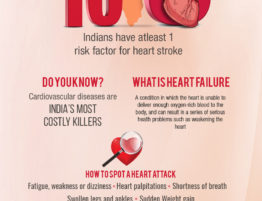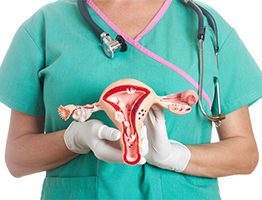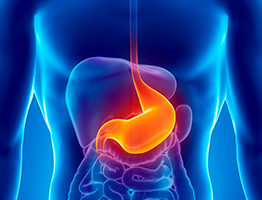
Diabetes mellitus most commonly known as diabetes is a chronic condition due to a collection of metabolic disorders in which the person has high blood glucose level. On account of this condition, the body is unable to produce or respond to the hormone insulin effectively. This affects the metabolism of carbohydrates and results in increased levels of glucose in the blood.
Glucose fuels the cells in the body. The cells need insulin hormone to use or store glucose for energy. Due to this condition, the body’s ability to use energy in the food is impaired therefore the glucose stays in the bloodstream resulting in increased blood glucose level.
Common symptoms of Diabetes
The major symptoms experienced by people suffering from diabetes are:
Unexplained Weight loss
Polyuria (Frequent urination)
Polyphagia (Increased hunger)
Polydipsia (Increased thirst)
Blurry vision
Headaches
Fatigue
Nausea
Types of Diabetes
There are three major types of diabetes: Type 1 diabetes, Type 2 diabetes, Gestational diabetes.
Type 1 diabetes
Type 1 diabetes is also called as insulin-dependent diabetes. It is an autoimmune condition where the body’s immune system kills the beta cells in a part of the pancreas called islet tissue.
It was often found in children, therefore it was called as juvenile-onset diabetes. Though it is common amongst children it can develop in adults.
This type of diabetes can be due to genetic and environmental factors.
In spite of vast research into the disease, there is no cure for this type of diabetes. The treatment mainly targets on managing the blood sugar level by injecting insulin into the fatty tissues and making healthy lifestyle changes to avoid complications.
Type 2 diabetes
This is the most commonly found type of diabetes. It is also called as non-insulin dependent diabetes. It was called as adult-onset diabetes as it was found mostly in adults. But due to overweight and obesity, children and teenagers are becoming more prone to type 2 diabetes.
In this type of diabetes, the pancreas produces some amount of insulin. Either it is insufficient for the body’s needs or the body cells are resisting it. This kind of resistance mainly occurs in fat, liver and muscle cells. Therefore, the body is unable to make use of the energy.
Obese people are more prone to develop this type of diabetes. Even though there is no complete cure, this type of diabetes can be controlled by maintaining ideal bodyweight with a healthy diet and regular exercise. Unfortunately, type 2 diabetes increases over time and needs medication often.
Keeping track of the blood sugar level is suggested. A1C is a blood test that estimates the average blood glucose level over the past three months. Regular A1C testing should be considered in order to keep track of the results of diet and medication.
Gestational diabetes
Diabetes that sets off during pregnancy is called gestational diabetes. This condition leads to elevated levels of blood glucose level in pregnant women. It should be controlled because of the risk of the baby to develop a condition called macrosomia where the baby is born with a huge body.
Gestational diabetes often rectifies itself after pregnancy (childbirth). Although, the mother has a higher risk of developing type 2 diabetes in the future.
The mother may need a cesarean section due to the large size of the baby. It may cause damage to the kidney, heart, eyes, and nerves. As a result of gestational diabetes, the baby suffers higher risks compared to the mother. The baby may have abnormal weight and breathing trouble during birth and has a higher risk of obesity and developing diabetes in the future.
Unlike other types of diabetes, gestational diabetes is completely curable but requires proper treatment and monitoring. Maintaining a healthy and balanced lifestyle, regular physical exercise and monitoring the blood glucose level is essential.







